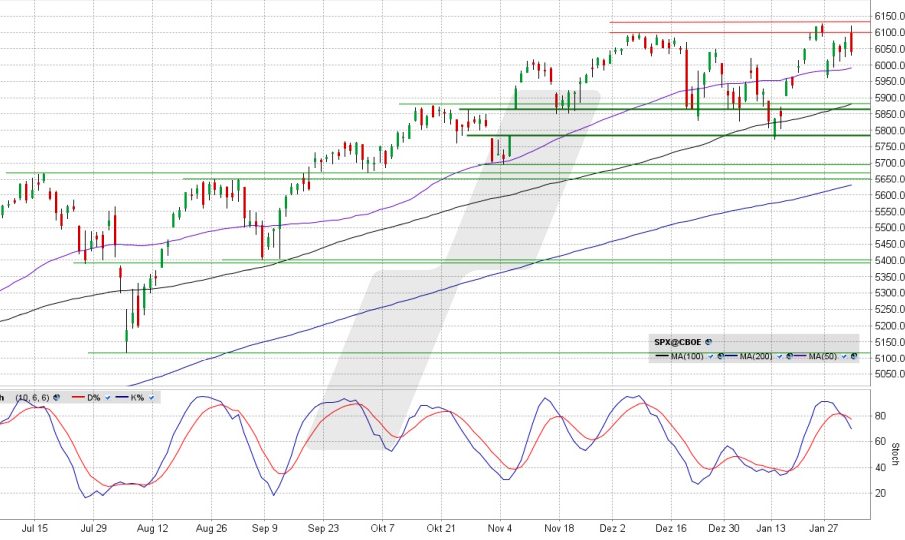Understanding the S&P 500 Index: Trends and Implications

Introduction
The S&P 500, a benchmark index tracking the performance of 500 of the largest publicly traded companies in the U.S., has become a vital indicator of the health of the U.S. economy. Investors and economists closely monitor this index as it reflects the performance of sectors including technology, healthcare, and consumer goods, among others. Following recent economic fluctuations and the impact of global events, understanding the S&P 500’s trends has become increasingly important.
Current Trends and Events
As of October 2023, the S&P 500 has shown resilience amidst ongoing inflation concerns and fluctuating interest rates. Market analysts report a year-to-date gain of approximately 15%, driven predominantly by strong performances in technology stocks. Companies like Apple, Microsoft, and Amazon have led the charge, largely due to increased consumer spending and ongoing digital transformation.
However, volatility remains a concern. The Federal Reserve’s recent decisions, focusing on managing inflation while supporting economic growth, have caused market jitters. Investor sentiment fluctuated in response to news of potential rate hikes and the economic outlook. Furthermore, geopolitical tensions have also influenced market stability, making the S&P 500 a focal point for investors seeking to gauge market sentiment.
Sector Performance
Breaking down the S&P 500, technology has outpaced other sectors significantly, accounting for the largest portion of the index’s gains. On the other hand, sectors such as energy and materials have experienced mixed performance, reflecting the variations in supply chains and commodity prices. Financial services are also adjusting to the new economic environment, adapting to higher interest rates that may benefit lending margins.
Conclusion: Future Outlook
Looking ahead, the S&P 500 will likely continue to serve as a bellwether for the broader market. Analysts expect a challenging yet dynamic period as companies report their earnings in the upcoming quarters. The trajectory of the index will depend heavily on inflation trends, Federal Reserve actions, and the overall global economic landscape. For investors, maintaining awareness of these factors and understanding the weights of different sectors within the index will be critical for informed decision-making.
In conclusion, the S&P 500 not only offers insights into the current state of the economy but also serves as a useful tool for forecasting future market behaviors. Understanding its trends and the dynamics at play will be essential for anyone looking to navigate the complex world of stock market investments.









